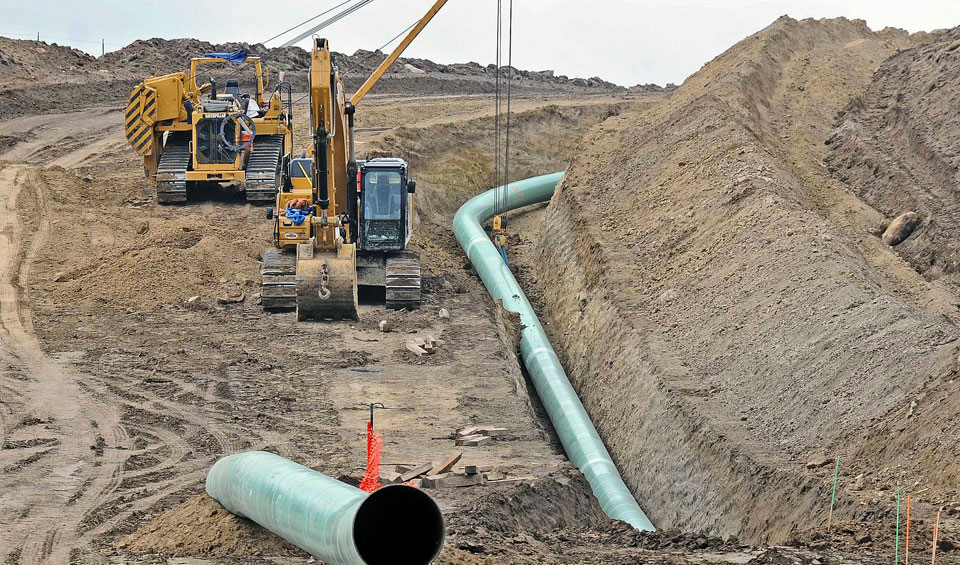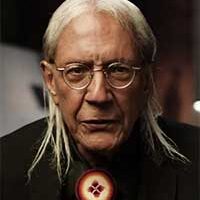
Expect another ruling by the infamous U.S. District Judge James Boasberg in Washington, D.C., in the ongoing Standing Rock struggle by August 10, according to the latest court schedule.
This baneful jurist will be deciding whether the U.S. Army Corps of Engineers adequately considered the detrimental effects on the Standing Rock Sioux and the Cheyenne River Sioux Tribes of the approval of the Dakota Access Pipeline (DAPL).
Just to recount the basic facts in this sordid political drama, DAPL is owned by Energy Transfer Partners (ETP) and has been operational since June 2017. President Trump unabashedly pushed for permit approval over the vehement, demonstrative objections of the tribes, environmentalists, and their supporters worldwide.
The Native nations involved maintained that the pipeline would pollute a sacred waterway, the Missouri River, endangering their health and well-being and that it violated long-established tribal sovereignty.
Trump alleged DAPL was needed for domestic energy production, despite the undisputed fact that the oil—all of it—was slated for export to increase the profits accruing to ETP.
The Standing Rock Sioux and the Cheyenne River Sioux sued the Corps of Engineers soon after the pipeline was approved, contending that the tribes had not been properly consulted. Despite an abundance of legal setbacks from Boasberg, the tribes are still hopeful that he will suspend DAPL operations.
Check out previous People’s World coverage of Judge Boasberg’s rulings on DAPL.
The struggle to block the pipeline culminated in a several months’ long standoff with authorities in North Dakota more than a year ago that resulted in hundreds of arrests, violations of human rights, and serious injuries for many protesters at the hands of law enforcement. Supporters came from around the world to support the Standing Rock opposition.
The prosecution of Indigenous demonstrators is ongoing by governmental authorities. Reportedly, Natives charged with offenses are receiving inordinately long prison sentences.
The tribes maintain that legally, under the 1868 Treaty of Fort Laramie between the Sioux Nation and the United States, the federal government recognized the Black Hills of the then-Dakota Territory as part of the Great Sioux Reservation and that this included the land on which DAPL was built. According to tribal claims, under this treaty the land was never ceded to the United States.
Once again, the ball is in Judge Boasberg’s court. Will this jurist again be wearing a jersey under his judicial robes emblazoned with the letters ETP?










